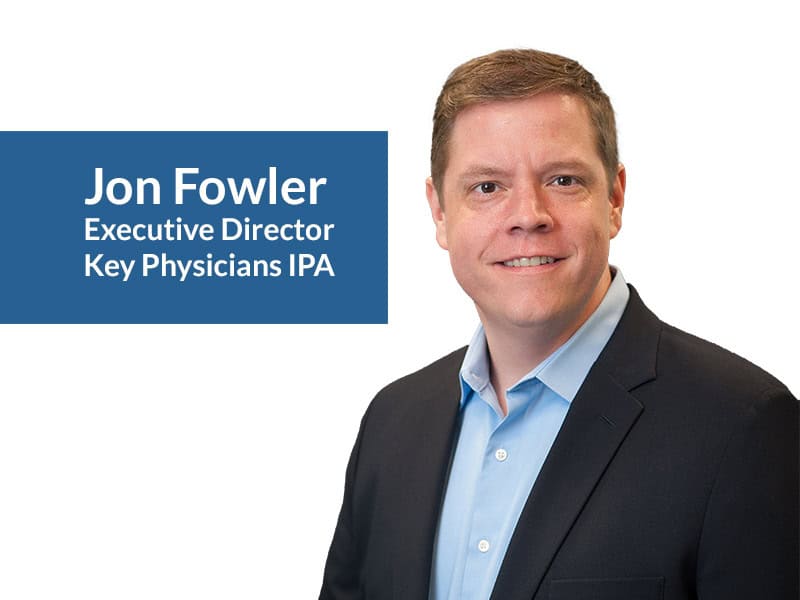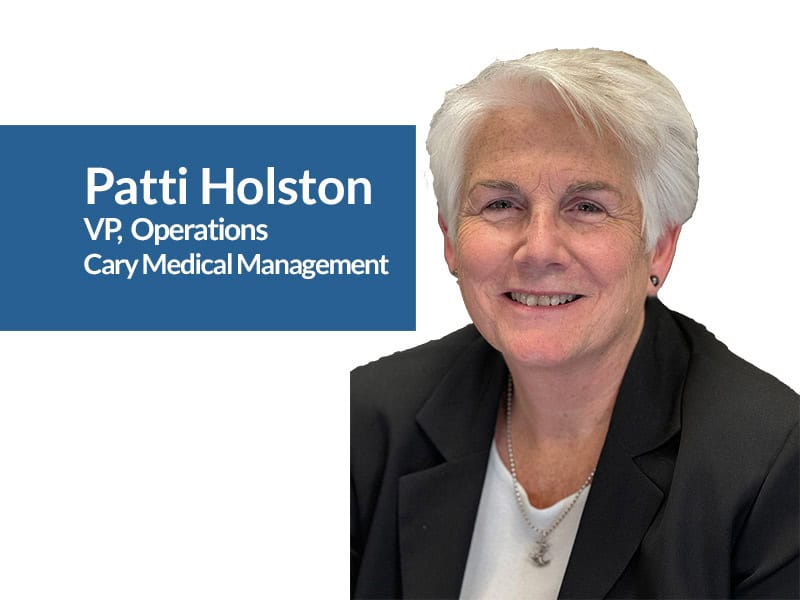Value-Based Care Infrastructure: Why MSOs Are Rethinking How They Scale
How to build the systems and workflows that value-based care demands.

Value-based care holds the promise of stronger patient outcomes, higher margins, and scalable care delivery, but for MSO and PE-backed primary care executives, turning that promise into value-based care infrastructure that actually performs is another story. As multi-site organizations scale through acquisition and take on more risk-bearing contracts, the operational load can quickly outweigh the upside.
Today’s leaders are balancing growth, performance, and provider satisfaction—all while trying to squeeze value out of legacy workflows and disconnected systems. It’s no surprise that many are seeing shared savings fall short, quality scores plateau, and underperforming clinics drag down network-wide results.
And just as internal inefficiencies threaten to drag down performance, external pressures are mounting fast. Investors are demanding clearer ROI. Regulators are sharpening their focus on documentation and outcomes. And with the Trump administration signaling a shift toward market-driven oversight, policy clarity is giving way to operational ambiguity. For MSOs and PE-backed groups trying to scale value-based care across fragmented systems and diverse payer models, the stakes have never been higher—or the path more complex.
Policy Pressure Is Rising: What the Trump Administration Means for MSOs and PE Groups
As the Trump administration settles in, early policy signals suggest a return to market-driven health strategies—and with it, a new wave of uncertainty for MSOs and PE-backed primary care groups.
While some flexibility may be welcomed, especially around mandatory CMS programs, the broader direction poses several potential business and compliance risks:
- Reduced Incentives for Innovation:
Expect fewer new pilots or payment models from CMMI, and potentially stalled momentum on programs like REACH ACO. For MSOs counting on shared savings or value-based care contracts to fuel their growth strategy, this could mean more financial pressure to deliver ROI from existing agreements.
New Pressures on Risk Adjustment, Transparency, and Medicaid Programs
- Increased Risk Adjustment Scrutiny:
The Trump-era DOJ and OIG placed heavy emphasis on Medicare Advantage fraud and overcoding. If this returns, MSOs and risk-bearing entities may see renewed audits, heightened documentation requirements, and greater scrutiny on risk score accuracy, especially for organizations scaling fast. - Greater Transparency and Oversight of PE-Backed Healthcare:
There’s growing bipartisan scrutiny of private equity’s role in healthcare delivery. MSOs and PE-backed groups may face increased public and regulatory attention on cost, quality, and patient outcomes—especially if perceived as profit-driven at the expense of value. - Variable Medicaid Impact at the State Level:
Block grant or waiver-based models could return, shifting more Medicaid decision-making to the states. For MSOs operating in multiple geographies—or serving dual-eligible populations—this could introduce operational complexity and financial unpredictability, particularly in underfunded markets. - Wider Gaps Between Public and Commercial VBC Models:
A slowdown in CMS-led reform could result in a fractured value-based landscape, where commercial payers continue to innovate while federal programs stagnate. This forces MSOs to build flexible infrastructure that can support widely varying requirements, metrics, and incentives.
The Takeaway:
As a result, for MSOs and PE-backed organizations operating on thin margins and high expectations, this evolving policy environment reinforces a core truth: sustainable value-based care infrastructure must be built on operational clarity and clinical alignment not just contract volume.
Want a deeper dive into scaling value-based care across complex networks?
Check out our Ultimate Guide to Value-Based Care to explore strategies, technology foundations, and best practices for building sustainable value-based care infrastructure.
The Top 3 Challenges Holding MSOs and PE-Backed Practices Back in Value-Based Care
Through conversations with operations leaders, risk directors, and CEOs across the country, three challenges consistently rise to the top:
1. Poor Performance Starts with Broken Workflows
The biggest obstacle to value-based care infrastructure success isn’t always the incentive—it’s the execution. When providers have to bounce between systems or rely on paper-based reports to find care gaps, risk codes, or quality targets, engagement suffers—and so does performance.
Even when clinics have the right data, it’s rarely delivered at the point of care. Providers don’t have time to sift through portals or PDFs before each visit. If diagnosis and care gap data isn’t surfaced in the EHR workflow, during the encounter, it often gets missed.
As one COO told us:
“You can’t just bolt value-based care onto a fee-for-service workflow and expect it to scale. That approach burns out providers and buries opportunities.”
2. Fragmented Systems and Manual Processes Are Dragging Down ROI
For MSOs managing dozens—or even hundreds—of clinics, data fragmentation becomes a serious financial threat. Clinics use different EHRs. Each payer has its own portal, priorities, reports, and coding rules. Staff are stuck in what the Smartlink team calls “death by portals”—logging into systems, copying data into spreadsheets, and manually pushing insights into the EHR after the fact.
This process isn’t just slow—it’s wasteful. It leads to:
-
Missed codes and uncaptured revenue
-
Administrative burnout
-
Delays in closing care gaps
-
Limited visibility into network-wide performance
Moreover, without a centralized, interoperable health IT solution for value-based care, scaling becomes chaos—and so does achieving meaningful value-based outcomes.
3. Clinic Performance Is Inconsistent—and Hard to Improve in Real Time
In a networked care model, a few underperforming clinics can jeopardize performance across the entire portfolio. But identifying those issues early—and fixing them—requires more than retroactive reports and end-of-quarter audits.
Most MSO leaders are stuck playing catch-up. They know who didn’t meet targets last month, but they don’t know who needs support today. Without real-time engagement metrics, clinic-level visibility, or EHR-integrated workflows, it’s nearly impossible to manage performance proactively.
The result? Revenue leakage, underperformance on quality measures, and increased pressure from investors or parent organizations to explain what’s going wrong.
Infrastructure, Not Intention, Drives Performance
MSOs and PE-backed primary care groups have the capital, scale, and ambition to lead in value-based care—but without the right value-based care infrastructure in place, those advantages are lost to complexity.
As the Trump administration signals more market accountability and shifts in federal support, the pressure to perform will only increase. Success now depends on scalable, intelligent infrastructure that works with providers—not around them.
At Smartlink, we’ve seen how aligning diagnosis and care gap data with the provider workflow changes everything. No more layering on systems. No more chasing reports. Just clean, real-time insights that power value-based care infrastructure success—right from the exam room.
Looking to scale your MSO’s value-based care operations without scaling complexity? Let’s talk about how Smartlink Health can help. Email us at info@smartlinkhealth.com and one of our team members will get back to you as soon as humanly possible.



